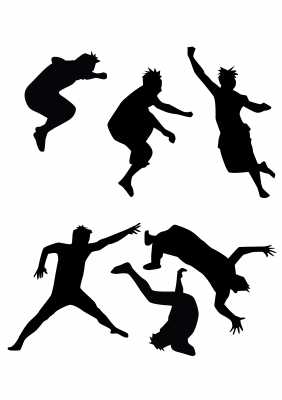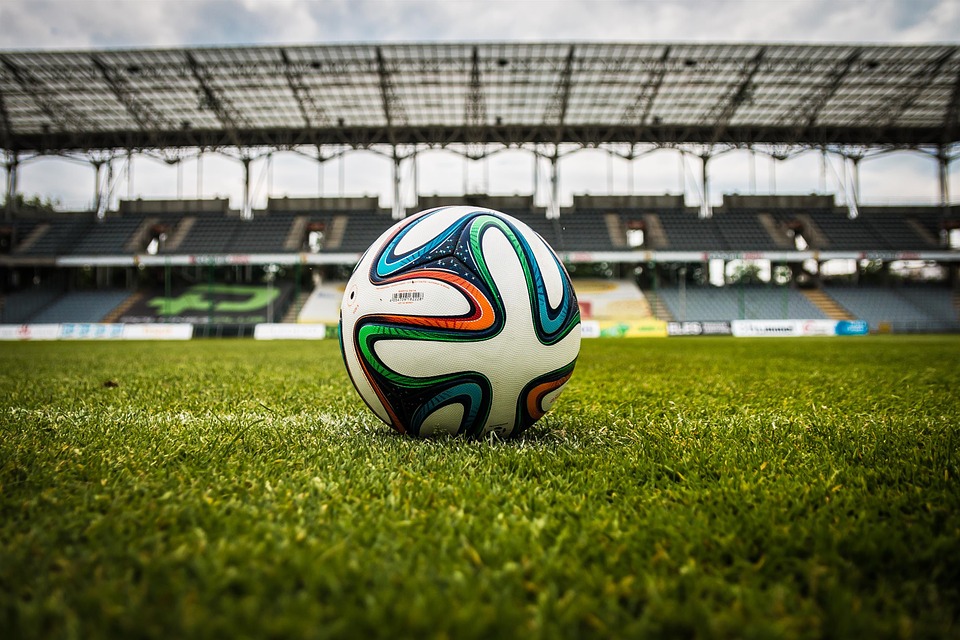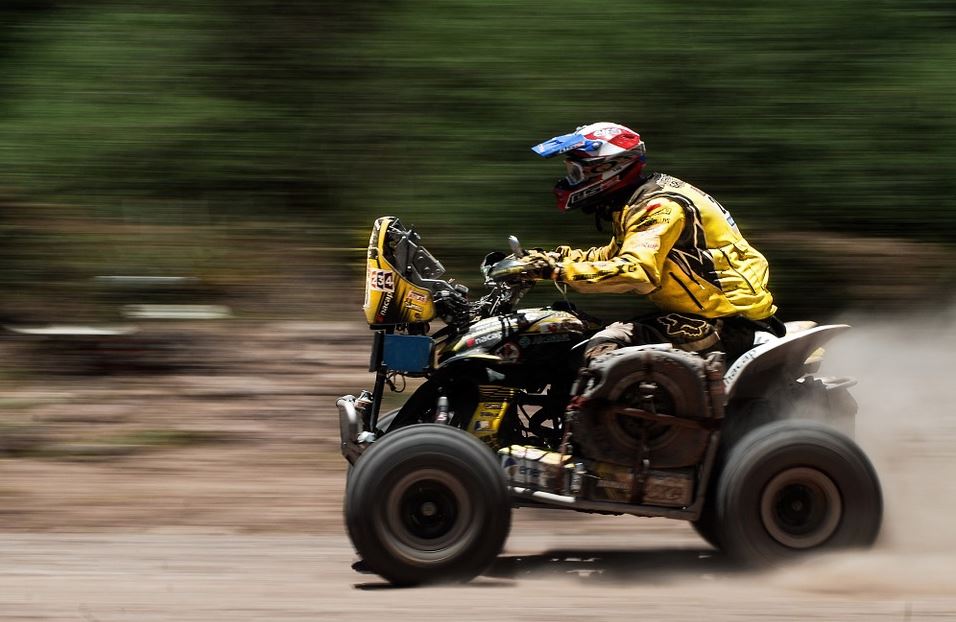When used safely, and placed in an appropriate area of the yard, a trampoline can be great fun for kids and adults alike. If you are thinking about buying one, there are several things you want to consider first. Here are just a few helpful hints to guide you in your purchase.
Shape
One of the first things you need to consider is the shape of the trampoline. You can choose from round, square, rectangular and octagonal. Round are more common for backyard fun, and help keep the jumper in the center. Rectangular trampolines have more jumping space, and allow for a higher bounce, making them a good choice for people interested in gymnastics; square are basically the same as rectangular, but don’t allow you to bounce as high. Those with an octagonal shape offer a larger jumping area without pulling you towards the center.
Size
Many trampoline owners say that if they made the purchase over again, they would have bought a bigger one the first time around; so, if your budget allows for it, go big. You also need to consider the size of your yard, obviously. There should be at least 24 feet of overhead clearance and horizontal clearance of at least 2 feet the whole way around the trampoline from anything potentially harmful, from fences to tree limbs. Make sure the size is standard for trampolines, or you may have difficulty finding spare parts when needed.
Other Considerations
What sort of warranty and guarantees are included with the trampoline? It is especially important you have coverage for structural issues due to rust, as these problems can make the trampoline quite dangerous to use. The padding that goes over the frame and springs should be at least 15mm thick, and a weight of 500 grams per square meter. The trampoline legs should have a friction or catch mechanism that prevents the legs from falling off while people are jumping on it. You should seriously consider a mesh ring around the trampoline for added safety.
Safe Jumping
There is no denying it—when used in an unsafe manner, trampolines can lead to serious injury, which underscores the importance of safety. A majority of injuries occur when more than one person is using the trampoline at the same time, so limit jumping to one person at a time—if you have a really big trampoline, you may be able to host two people safely, provided they are of similar size and weight. Never jump on a wet surface. Even though the frame is padded, hitting it head on can be quite painful—you can reduce this risk by not jumping from the trampoline to the ground. Consider putting a net around the bottom of the trampoline to prevent children and pets from going underneath. Avoid using the trampoline when it is very windy. Do not do somersaults—a bad landing on the head or neck can lead to serious injury, and possibly paralysis. Place material around the trampoline that can absorb impact if someone were to fall off.
Kelli Cooper enjoys writing about all things recreation; if you are looking for unique trampolines in Pittsburgh, PA, she recommends checking out BearofPA.





